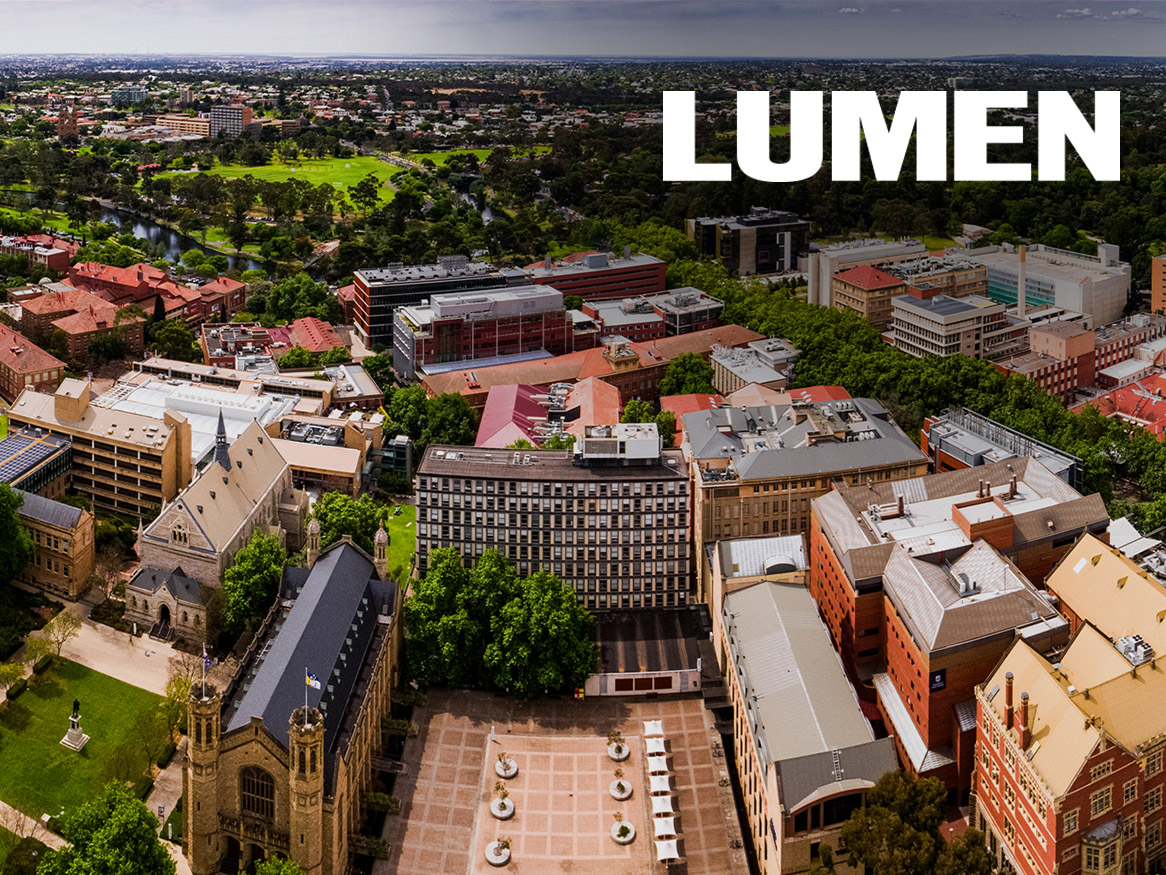Will the new World Cup soccer ball bend?

The official ball of the 2010 World Cup, the Jabulani.
Full Image (168.28K)
Monday, 7 June 2010
Physics experts at the University of Adelaide believe the new ball created for the 2010 World Cup, called the Jabulani, will play "harder and faster", bending more unpredictably than its predecessor.
But why? And what will it mean for the game?
A free public lecture about the aerodynamics of the new World Cup soccer ball will be held at the University of Adelaide in the Chapman Lecture Theatre, room N158, in the Engineering North Building, North Terrace Campus - from 6.30pm on Wednesday 9 June.
The lecture will be given by Professor Derek Leinweber, Head of the School of Chemistry & Physics at the University of Adelaide, who has previously written about and lectured on the aerodynamics of cricket balls, golf balls and the previous World Cup soccer ball, the Teamgeist.
Along with student Adrian Kiratidis, who is studying for his Master of Philosophy (MPhil) in Physics, Professor Leinweber has been investigating the physics behind soccer balls and what that means for the Jabulani. Adrian is also a soccer enthusiast.
"The Jabulani is textured with small ridges and 'aero grooves' and represents a radical departure from the ultra-smooth Teamgeist ball, which was used in the last World Cup," says Professor Leinweber.
"While the governing body FIFA has strict regulations on the size and weight of the balls, they have no regulations about the outside surface of the balls.
"The Teamgeist was a big departure at the last World Cup. Because it was very smooth - much smoother than a regular soccer ball - it had a tendency to bend more than the conventional ball and drop more suddenly at the end of its trajectory.
"By comparison, the aerodynamic ridges on the Jabulani are likely to create enough turbulence around the ball to sustain its flight longer, and be a faster, harder ball in play.
"The Jabulani is expected to 'bend' more for the players than any ball previously encountered. Players are also discovering new opportunities to move the ball in erratic ways, alarming the world's best goalkeepers. By the time the ball reaches the goalkeeper, the Jabulani will have swerved and dipped, arriving with more power and energy than the Teamgeist."
Contact details
Email: dleinweb@physics.adelaide.edu.au
Head, School of Chemistry & Physics
The University of Adelaide
Business: +61 8 8313 3423
Mobile: 0406 383 577
Mr David Ellis
Email: david.ellis@adelaide.edu.au
Website: https://www.adelaide.edu.au/newsroom/
Deputy Director, Media and Corporate Relations
External Relations
The University of Adelaide
Business: +61 8 8313 5414
Mobile: +61 (0)421 612 762







